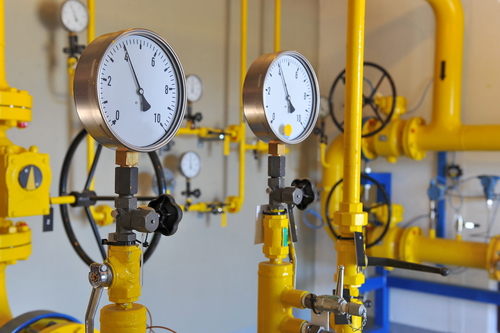Ameren Illinois’ natural gas supply holds up well during Winter Storm Gerri

Ameren Illinois’ natural gas supply stood up well during Winter Storm Gerri, which hit the region with frigid temperatures from Jan. 13 to Jan.16.
The utility’s diversified natural gas portfolio, gas storage capabilities, and strategy of purchasing gas during the summer months when prices are cheaper, not only provided reliability, it also saved customers approximately $22 million during the storm. That’s because Ameren was able to limit purchases of natural gas on the open market when gas prices spiked during the cold spell.
Ameren Illinois’ system – with 18,600 miles of transmission/distribution pipeline and a network of 12 underground storage fields – enables it to purchase natural gas during the summer when demand and prices are lower; store 24.2 billion cubic feet; and withdraw the gas during the winter to save customers money and meet customers’ heating needs.
“Affordability of natural gas is a major priority of ours,” Vonda Seckler, director of natural gas supply for Ameren Illinois, said. “We have a diverse portfolio in place to provide nonstop affordable service to our customers. Approximately 90% of Ameren Illinois’ winter natural gas usage is set at a known price. Gas is purchased far in advance at lower market prices, then stored for use during peak demand days. Market volatility becomes less of a concern and customers aren’t impacted by higher prices.”
During that four-day storm, temperatures averaged minus 9 degrees. On Jan. 14, the company’s customers used the fourth highest volume of natural gas in one day since 2007.
“Our entire organization worked in sync to prevent any significant service interruptions during Winter Storm Gerri. There were no major issues that impacted our system even as temperatures plunged into the negative digits,” Ameren Illinois President Lenny Singh said. “Having this type of always-available, dispatchable energy takes on even greater significance in weather conditions like these and as we build toward a low-carbon future.”
